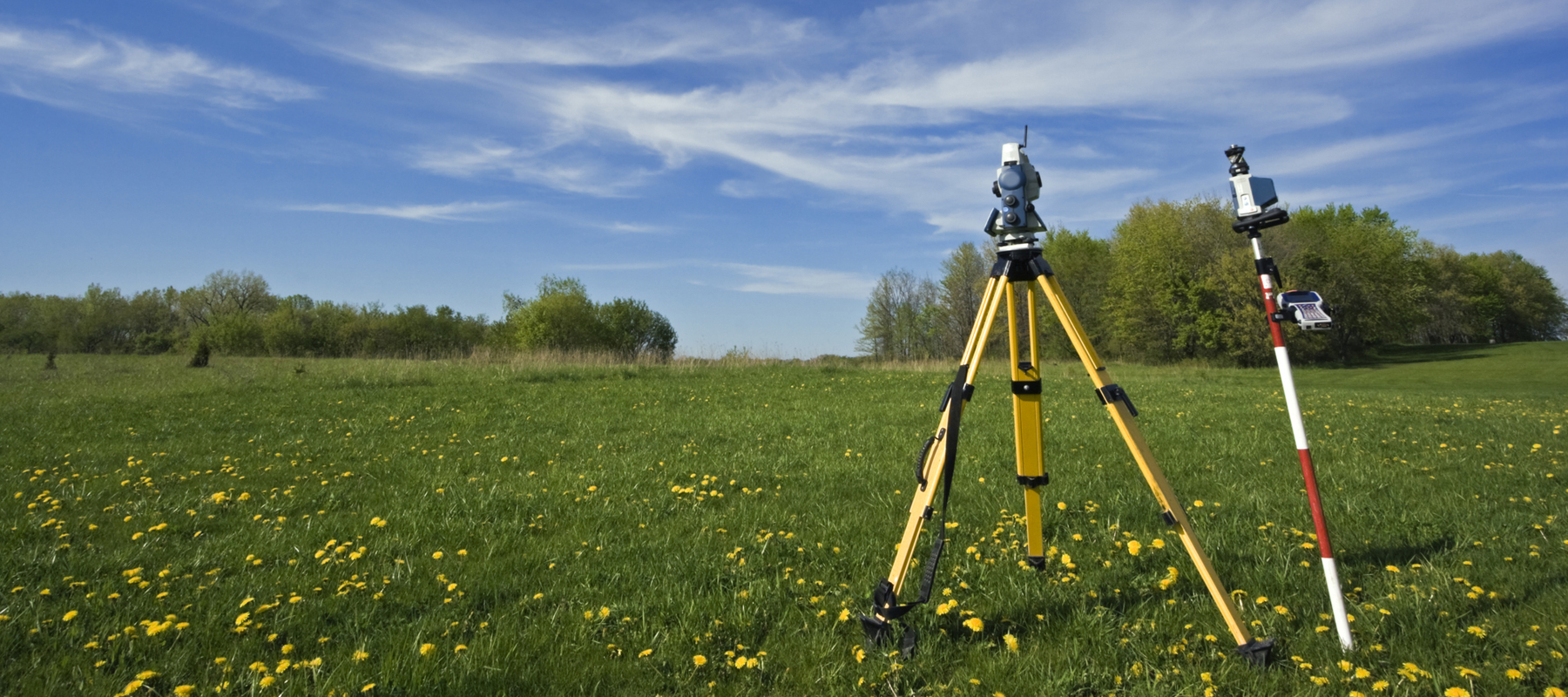Creating Additional Parcels: A Pricing Guide for Land Subdivisions
Last Updated: November 14, 2023

Fact Checked By: Ryan Maguire
On This Page
Subdividing is the process of splitting up a single parcel of land into multiple parcels. While simple in concept, in practice subdividing land can be quite complex, as it involves many steps and compliance with a number of rules and regulations. Below you'll find an overview of the subdivision process in addition to basic information about the costs of subdividing land.
Costs of Subdividing Property #
The cost to subdivide land typically ranges from $5,000 to $30,000+ on average depending on the specific project scope. Here are some of the main costs involved:
Surveying - Having the land professionally surveyed costs around $1,500 to $5,000. Provides legal parcel boundaries.
Permitting - Local permitting fees average $500 to $2,000 but can go higher depending on regulations.
Site prep - If clearing land, basic grading, erosion control, etc. this can run $3,000 to $10,000 or more.
Infrastructure - Installing basic utilities and infrastructure like power, water, septic adds $5,000 to $15,000+.
Engineering - Designing needed subdivision infrastructure can be $2,000 to $5,000.
Legal fees - Attorney costs for title transfers, HOA creation, average $1,000 to $3,000.
Access road - Adding private driveways or roads costs $10 to $30 per linear foot on average.
For a simple 2-3 lot subdivision with minimal site prep and infrastructure, total costs often start around $10,000 to $15,000. Complex projects or creating 5+ lots can cost $20,000 to $50,000+.
Land Subdivision Cost by Lot Size and Parcels #
| Lot Size | 2 Parcels | 3-5 Parcels | 5-10 Parcels |
|---|---|---|---|
| 1 acre lots | $15,000 - $30,000 | $25,000 - $50,000 | $50,000 - $100,000 |
| 0.5 acre lots | $20,000 - $40,000 | $35,000 - $70,000 | $60,000 - $120,000 |
| 0.25 acre lots | $25,000 - $50,000 | $45,000 - $90,000 | $80,000 - $160,000 |
As shown, subdivision costs increase significantly as lot sizes get smaller and number of lots increases due to greater infrastructure and site engineering needs. Get professional quotes.
Land Subdivision Cost Examples #
I subdivided 5 acres of farmland into just 2 lots in Iowa. With the survey, permit fees, and hiring an excavator to do minor grading, the total cost was around $12,000.
We split our 4 acre wooded property in Oregon into 3 lots. The surveying and permitting was about $4,000. We also had to bring in power lines which cost $18,000 and do significant land clearing which was $8,000. So our total subdivision cost was $30,000.
I subdivided a 10 acre plot in Colorado into 4 lots. Just the survey and engineering design was $7,000. Installing a private road, power, and doing erosion control cost another $55,000. With other fees, the full project was around $70,000.
We subdivided a large 20 acre agricultural plot into 7 lots in Texas. All the costs including surveying, permitting, road and utility installation, equipment rentals, and legal fees totaled over $100,000 by the time it was done.
As you can see, subdivision costs can vary widely based on the land size, number of lots, infrastructure installation, site prep work required, and local regulations. Most homeowners spend $15,000 to $50,000+.
The Basics of Subdividing Land #
Many people choose to subdivide land so that they can sell or develop the separate parcels for profit, although you may also be interested in subdivision for gifting land to family or other purposes. Whatever your reason for subdividing property, the following is a guide of how the process works.
Survey the land - A professional survey maps out proposed division lines and parcel boundaries.
Research local regulations - Review zoning laws, permitting requirements, and any restrictions on subdividing the property.
Develop subdivision plan - Work with a civil engineer to create a tentative map showing access, infrastructure, easements.
Apply for subdivision approval - Submit permit application and any required documents, fees, and plans to the local municipality.
Make revisions as needed - If the subdivision application requires adjustments, work with city planners to modify.
Gain preliminary and final plat approval - Local planning departments review and approve the tentative and final plat maps.
Plan and install infrastructure - Arrange for required improvements like roads, water, sewer, drainage, etc.
Finalize legal changes - Record new property boundary maps, establish homeowners associations if needed.
Market the new lots – List the subdivided lots for sale individually.
The approval process can take 6-12 months. Infrastructure installation can also add significant time. Hiring professionals to navigate zoning and permitting is key.
